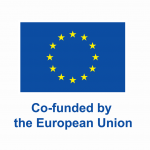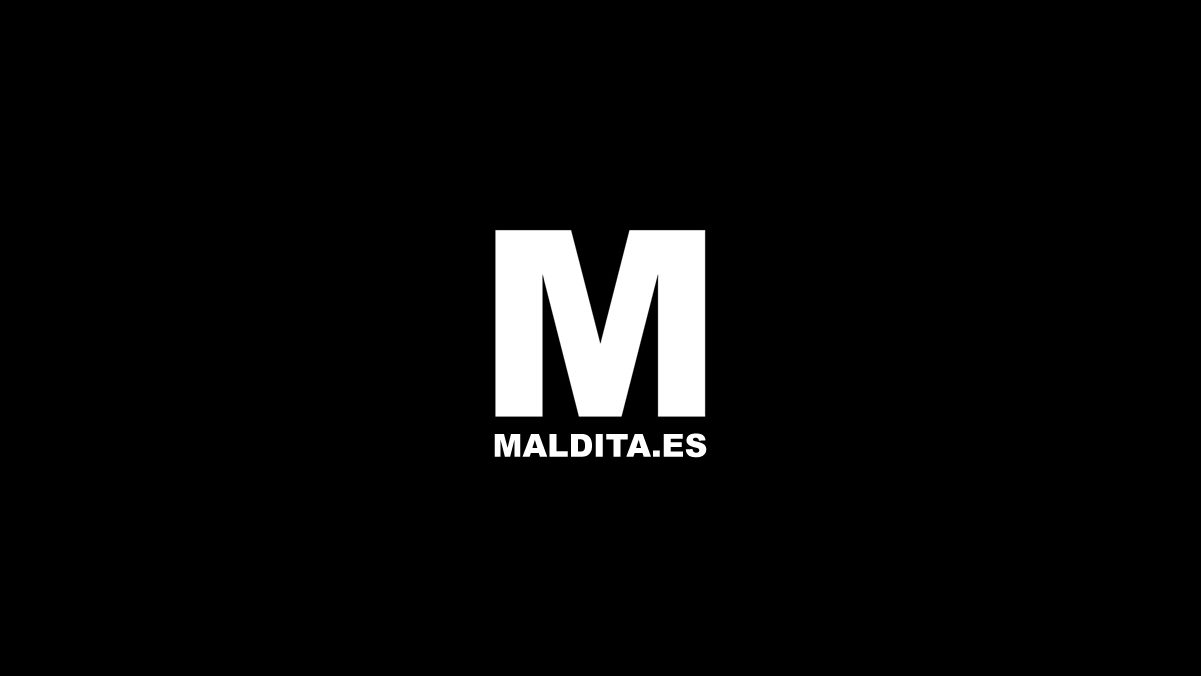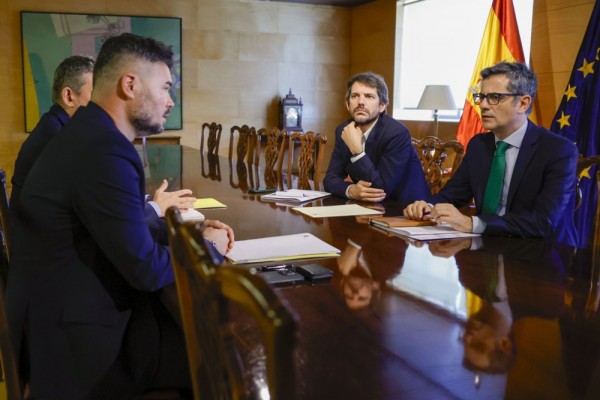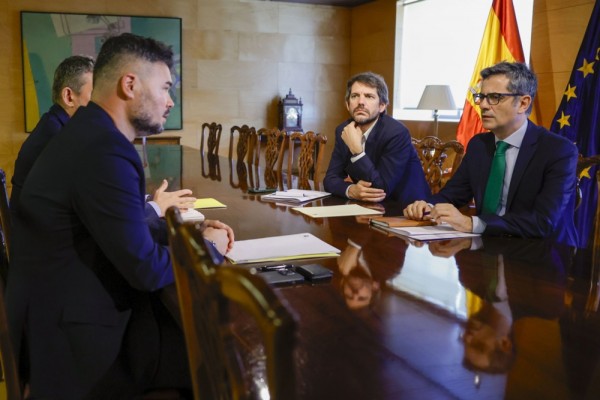Maldita.es (Spain) focuses on the fight against misinformation through media literacy and data journalism on topics such as politics and science. They are pioneers of community engagement and have leveraged the support of their users in their fact-checking efforts, and they benefited from the Transition Accelerator by expanding their digital offering. Here, they explain what the experience meant to their newsroom.
At Maldita.es, we engage our community members as collaborators throughout our workflow, and they help us detect, debunk, and fight disinformation.
At the beginning of the IPI accelerator process, the main challenge we had identified was the need to increase the commitment and engagement of the Maldita.es community with the organization and our work, by helping them better understand how they could get more involved.
Prior to our participation in the accelerator, our onboarding process consisted of a series of emails to new members, but this approach wasn’t easily updatable, it wasn’t interactive and, on many occasions, the communications simply went to spam. We missed many opportunities to effectively channel the enthusiasm of community members when they first joined us.
The limitations this placed on our community engagement were revealed by the results of our annual community survey conducted in 2022: many of our members said they were keen to get more involved in our work, but didn’t really know how to, only showing an awareness of one or two of the many channels of potential participation with us.
With this challenge in mind, we joined the accelerator with the idea of developing a digital e-learning platform for community members to learn about Maldita.es. From the get-go, the user-centered design thinking techniques we learned forced us back to the drawing board to make sure we really understood the needs of our community members and how our product could best respond to them.
In order to gain a deeper understanding of who our community members were, in February we sat down with more than 50 individuals in one-to-one interviews to discuss their involvement with us. We detected a number of useful insights that have proven helpful not only in this project, but also in other initiatives we have under development, and this research prompted us to rethink our approach in a number of ways.
Firstly, we have been able to more clearly define the content and training paths we will include in the platform so that they can be tailored to specifically identified community needs. For instance, we discovered that many community members were interested in training in verification and fact-checking techniques as well as deepening their knowledge of our work so that they could act as ambassadors of Maldita.es within their own communities and networks.
We also realized that most of the content community members said they wanted, had already been developed through previous projects. Rather than creating something new, we only had to adapt the formats and create an easily navigable and interactive repository where community members could find them.
In addition, we noted the importance of WhatsApp as a channel of communication and engagement with our users, and following the launch of the e-learning platform, we now plan for a future integration of pathways between the platform and our WhatsApp chatbot.
The most significant development arising from the design thinking process has been the realization that we need to integrate the community e-learning platform envisioned for this project within a larger and more comprehensive community development strategy we are currently elaborating at Maldita.es.
As this broader process will bring wide-reaching changes to the relationship we have with our community, it has represented a new challenge in the design and development of our onboarding platform. Nevertheless, we have been able to rework the onboarding platform concept as a valuable tool and opportunity through which these new community developments can be effectively communicated to our members. This means that while the development process for the platform will need to be extended, it will increase its value to community participation in the long run.
The vision of other accelerator colleagues and coaches has also proven incredibly enlightening, providing fresh ideas to deepen the involvement of our community throughout the process of design, content creation and product validation. For example, it was proposed by one bootcamp participant that the members of the community themselves could be part of the creation of the training content on the platform, meanwhile Jacqui Park from IPI provided a very interesting vision of how we could evaluate the UX of the product by more concretely involving users.
Looking ahead, we have recently been developing a technically-light MVP which we plan to start testing with community members over the coming weeks. The results of this testing will inform the full scale technical development of the platform in the next few months.
Overall, participation in the IPI accelerator helped us build a better understanding of our audience, providing us with useful tools and support to design a more comprehensive blueprint in our efforts to develop a closer relationship with our community and promote their more meaningful participation with us. This refers not only to the results of this project, but also in our wider approach to our audiences that will support the future improvement of our community model and the central role community members play in all the work that we do.
 The Transition Accelerator is part of the Media Innovation Europe (MIE) project, co-funded by the European Commission. The programme is led by the International Press Institute, and implemented in collaboration with Thomson Media, the Media Development Foundation and BIRN and is intended to empower media outlets as they navigate the digital transition, giving them journalistic tools and skills in diverse products and business structures in order to reach audiences and bring sustainability.
The Transition Accelerator is part of the Media Innovation Europe (MIE) project, co-funded by the European Commission. The programme is led by the International Press Institute, and implemented in collaboration with Thomson Media, the Media Development Foundation and BIRN and is intended to empower media outlets as they navigate the digital transition, giving them journalistic tools and skills in diverse products and business structures in order to reach audiences and bring sustainability.



